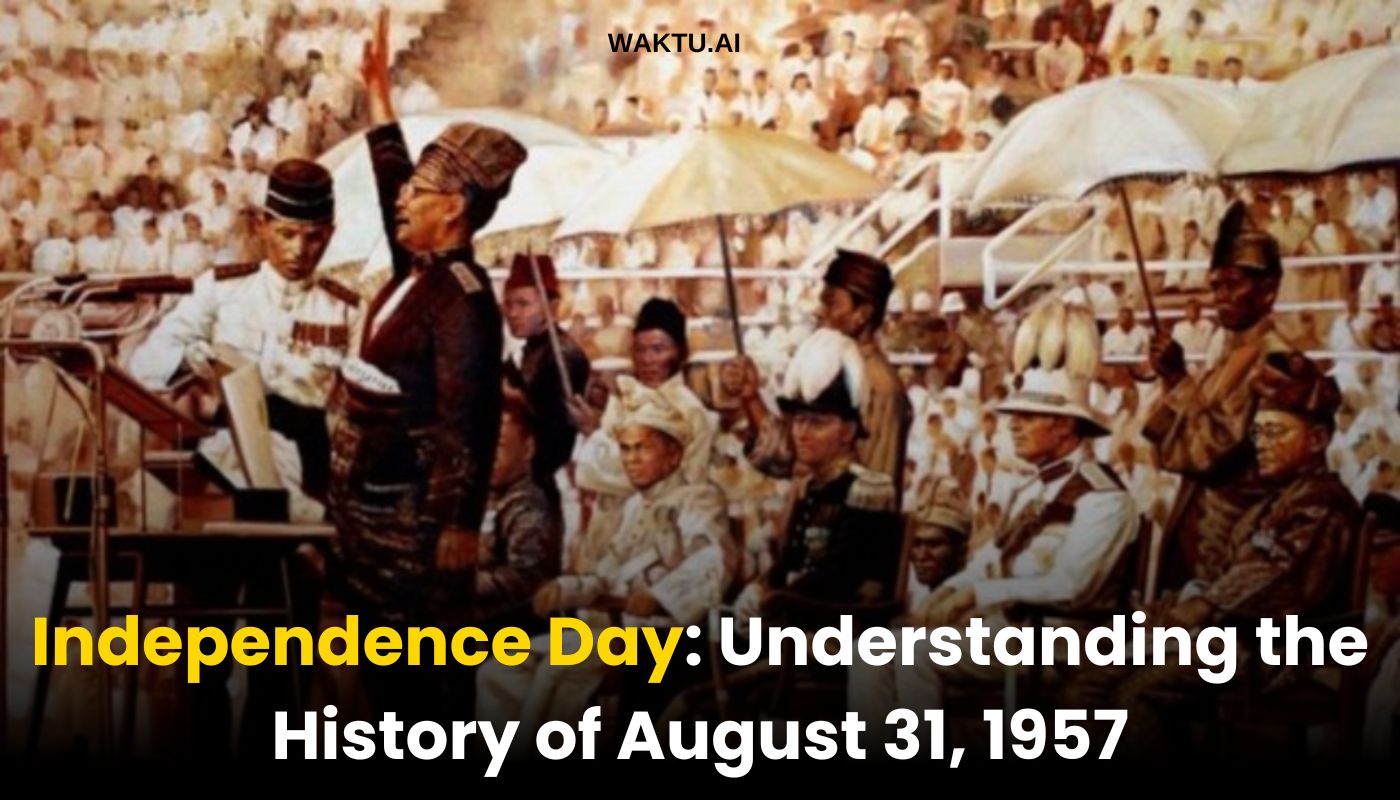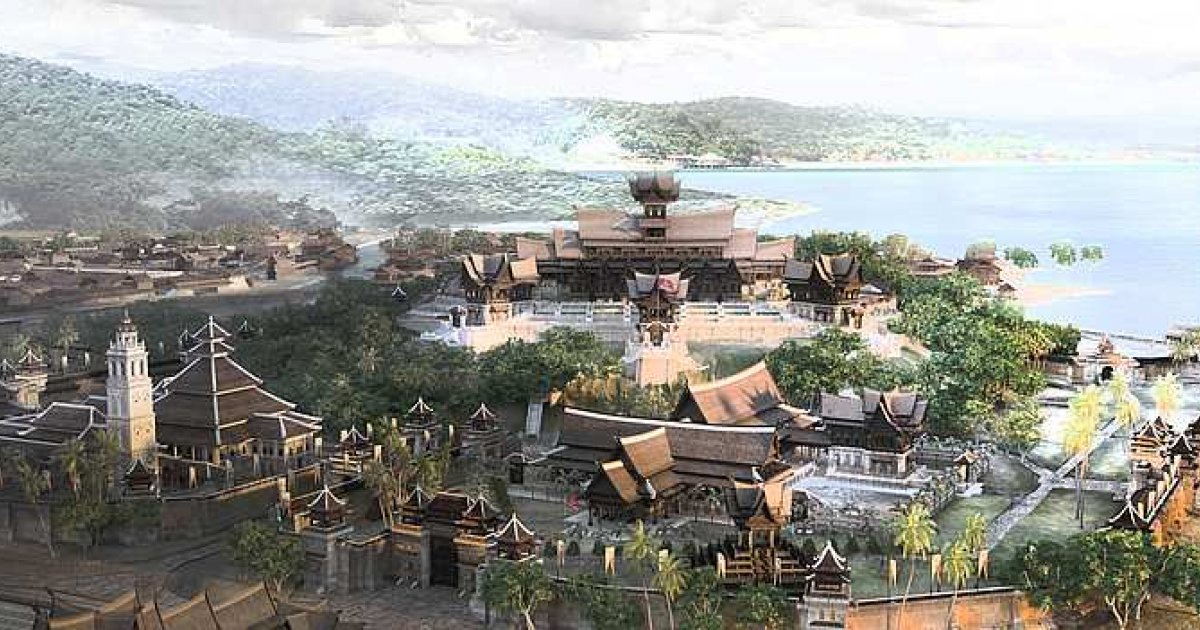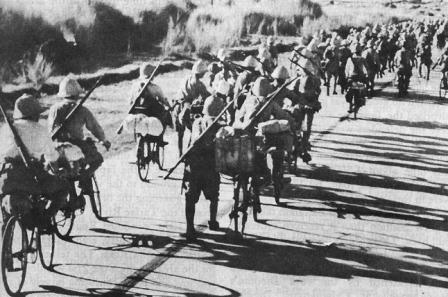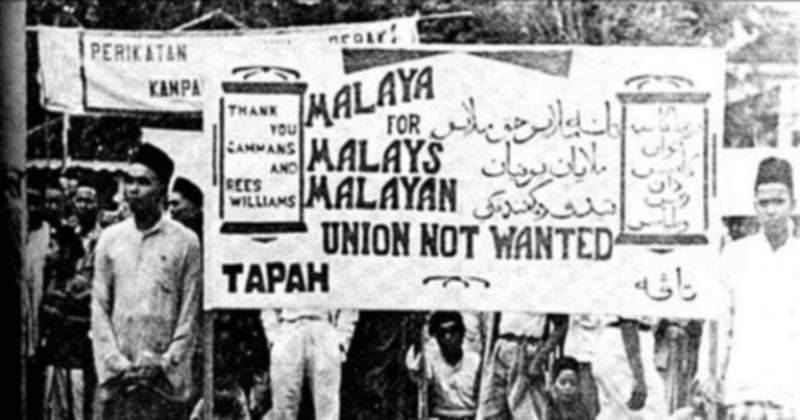Merdeka! Let us celebrate Independence Day by delving into the struggle of August 31, 1957, which brought freedom to Malaysia. Click here to learn more!
Celebrating Independence Day: Understanding the History of August 31, 1957

The Sultanate of Malacca

The era of the Malacca Sultanate marks the beginning of Malaysia’s storied history around the 1400s. At its zenith, Malacca was a major trading hub in Southeast Asia, covering extensive territories including the Malay Peninsula and the eastern coast of Sumatra.
Factors such as authoritative leadership, efficient administrative systems, and a strategic location made Malacca a dominant spice trade center. The spread of Islam was also significant in Malacca, with sultans and key leaders converting to the religion.
The Fall of Malacca and Colonial Rule

On August 10, 1511, a Portuguese armada led by Alfonso de Albuquerque successfully conquered Malacca, ushering in an era of colonialism in the Malay Peninsula. Malacca subsequently fell under Dutch control on January 14, 1641, and later under British rule in 1795 through the Anglo-Dutch Treaty.
Colonial intervention disrupted local life, prompting figures like Dol Said, Tok Janggut, Datuk Bahaman, Rentap, Datuk Maharajalela, and Rosli Dhoby to rise against the invaders.
The Rise of Nationalism and Japanese Occupation

During the 1920s and 1930s, political awareness and the spirit of nationalism began to emerge in the Malay Peninsula. Inspired by education from the Middle East and local institutions, an educated class started using print media like newspapers, magazines, short stories, and novels to champion nationalism. Organizations such as the Singapore Malay Union (KMS) and the Young Malay Union (KMM) were established to expel colonial powers and form self-governance.
This pro-independence fervor aided the Japanese occupation, which began on December 8, 1941, with amphibious attacks on the northern shores of the Malay Peninsula. The Japanese occupation lasted until 1945, ending with Japan’s surrender after the atomic bombings of Hiroshima and Nagasaki.
The Dominance of the Malayan Communist Party (PKM)

Following the Japanese retreat, the Malayan Communist Party (PKM) sought control over Malaya. The PKM launched violent attacks, including the murder of rubber plantation managers in Sungai Siput, Perak. Consequently, Sir Edward Gent declared a state of emergency across Malaya in June 1948.
The PKM’s failure allowed the British to re-establish authority under the British Military Administration (BMA).
The Formation of the Malayan Union

On April 1, 1946, the British established the Malayan Union, abolishing royal institutions and Malay privileges, leading to intense resistance due to the liberal citizenship policies under the principle of jus soli. This policy ignited animosity among Malays as it allowed non-Malays to gain the same rights easily.
Declaration of Independence and Formation of Malaysia

Tunku Abdul Rahman Putra Al-Haj played a pivotal role in the struggle for Malaya’s independence. The formation of the Alliance Party in 1952 encouraged the British to allow self-governance. The London Agreement, signed on February 8, 1956, marked the path to independence for the Federation of Malaya on August 31, 1957. Tunku Abdul Rahman proclaimed independence at Padang Bandar Hilir, Malacca, on February 20, 1956.
On May 27, 1961, Tunku proposed the integration of five territories to form Malaysia, including the Federation of Malaya, Singapore, Sabah, Sarawak, and Brunei (Brunei later withdrew). Malaysia was eventually established on September 16, 1963.
References:
- Official Portal of the Malaysian Government
- History of the Malacca Sultanate
- Japanese Occupation in Malaya